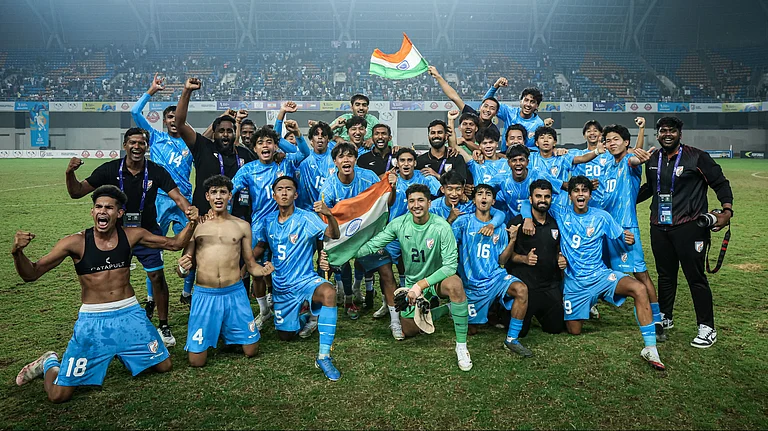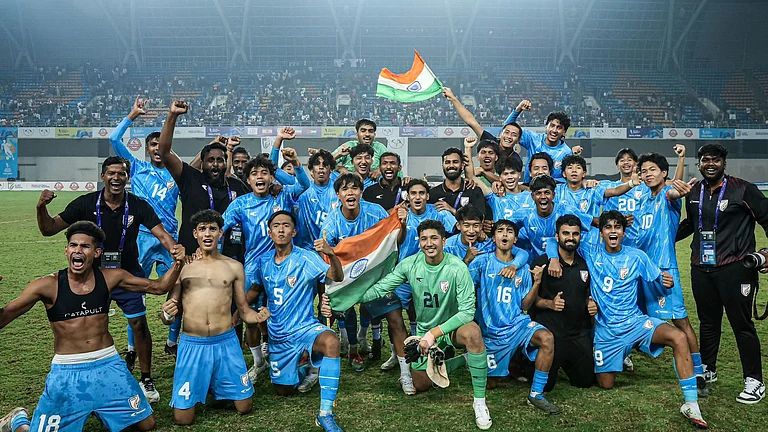Nowruz, alternatively spelled as Navroz, is a celebration, which goes very close to the heart and soul of the Parsis and Zoroastrians across the globe. This is an ancient festival observed by people of Persian origin to guide in the New Year as well as spring, a period associated with new starting. Celebrated over 3000 years ago in Persia today’s Iran, Nowruz is no longer a purely geographical cultural festival; rather, it holds a special dearth in many countries where the Parsi and the Zoroastrian communities live. This article aims to analyze the basic information about Nowruz, its spread across the globe, and the peculiarities of the related rituals.
The Origin of Nowruz
The celebration of Nowruz dates back to at least the 6th century BCE, during the Achaemenid Empire. During the Achaemenid dynasty (c. 559–330 BCE), the Greek scholar Xenophon (430–350 BCE) describes what very well may have been a Nowruz festival celebrated by Cyrus the Great taking place at the ancient Persian capital Persepolis.
Countries Celebrating Nowruz

Nowruz is observed in a number of countries with large Parsi and Zoroastrian communities. Though Iran is the hub of Nowruz celebrations, the festival is widely celebrated in other countries like India, Pakistan, USA, Canada, and many more countries.
It was only in 2021 that the United Nations General Assembly decided to observe March 21 as International Nowruz Day. However, the Parsi community in India follows a different calendar called the Shahenshahi calendar. This calendar doesn't account for leap years, causing it to drift out of sync with the solar year. As a result, the Parsi New Year in India is celebrated later in the year, usually in July or August. Because of its roots, the celebration is observed in countries with rich Persian heritage, such as Afghanistan, Azerbaijan, India, Iran, Kyrgyzstan, Kazakhstan, Pakistan, Turkey, Tajikistan, Turkmenistan and Uzbekistan.
Customs, Traditions, and Culture of Nowruz

Canada’s PM Justin Trudeau addresses a crowd during the Persian community’s Nowruz New Year celebrations where the Haft-Seen table is laid in Aurora, Ontario [Carlos Osorio/Reuters].
Haft-Seen Table - A table set with seven items starting with the letter "S" in Persian, each symbolizing a different aspect of life, such as Sabzeh (sprouted wheat for rebirth) and Seer (garlic for medicine). The following listed below are the seven items.
Sabzeh (sprouted grains) symbolizes rebirth and growth.
Samanu (sweet pudding) represents power and strength.
Seer (garlic) symbolizing medicine and protection.
Seeb (apple) representing beauty and health.
Senjed (dried oleaster) symbolizes love and compassion.
Somāq (sumac berries) represent patience and the triumph of good over evil.
Serkeh (vinegar) symbolizes age and wisdom.
Spring Cleaning - Leading up to Nowruz, households undergo thorough cleaning to symbolize the removal of past negativity and the welcoming of new beginnings.
New Clothes - Wearing new clothes during Nowruz symbolizes renewal and purity.
Gift Exchange - Exchanging gifts, particularly sweets and dry fruits, is a common practice, symbolizing goodwill and the sharing of joy.
Music and Dance - Traditional music and dance are integral to Nowruz celebrations. Performances often include traditional Parsi songs and dances, which are a delight to watch.
Respect for Elders - Younger members of the community visit elders to seek their blessings for the new year. This practice underscores the importance of family bonds and respect for age-old traditions.
Thus, to Parsis across the world, Nowruz is not only a New Year celebration but a reaffirmation of culture and togetherness as a community. Nowruz is celebrated in Iran and other countries including India and Pakistan as well as North America and across the Parsi and Zoroastrian community through the appreciation of life in all its forms. When it comes to preparing for and celebrating Nowruz the customs, practices and general culture of the people is seen though making it a festival that is much loved and celebrated with a lot of fun and enjoyment.


























